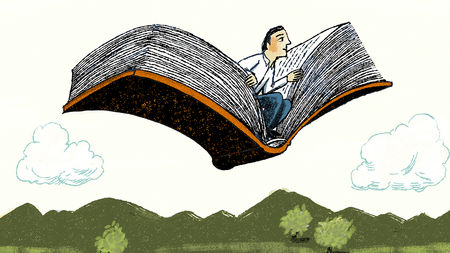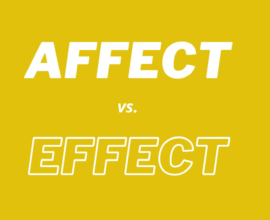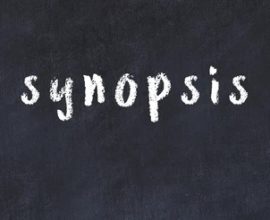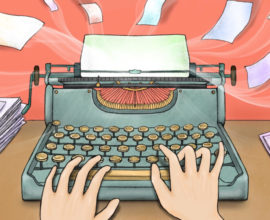Guide to Writing and Publishing a Non-fiction Book
Most writers agree that writing a non-fiction book is easier than writing a fiction book. While fiction writers often draw inspiration from their imagination, non-fiction writers focus on real-life stories and facts that make for highly inspiring and motivating stories. When you pick a personal and interesting topic, the writing process is an absolute delight!
Not sure how to start writing your non-fiction book?
Here are a few popular types of non-fiction books that keep readers engrossed:
One of the biggest misconceptions about writing non-fiction is that your book has to be filled with facts and figures.
This is not true!
Non-fiction books have unique narrations too. You can have an underlying storyline that is filled with anecdotes from real experiences. This will add humour, wit, and mystery to your narration along with factual information.
Self-help Books:
Self-help books are successful because they provide solutions to different problems generally faced by a large number of people. For example books on making more money, achieving greater success, or living a happy life address key aspects of human behaviour that everyone cares about.
Remember a time when everybody was either reading or talking about The Subtle Art of Not Giving a F*** by Mark Manson? The book talks about finding comfort in being different and living life on your own terms, which is a common point of struggle for lots of people. By exploring an idea that everyone cares about, Mark Mason became New York Times bestselling author in 2017. Therefore, to write a self-help book that will flourish, pin down a strong idea that is trending or relatable.
How-to Books:
What makes a reader pick up a How-to book off the shelf? How-to books act as personal guides, life coaches, or even counsellors. They are structured as step-by-step manuals that make any task seem simpler and achievable by the layman. These books are backed by a lifetime of experiences combined with hard facts.
Books like How to Win Friends and Influence People follow a narrative style that is personal and straightforward – making the reader feel like they are especially catered for them. They aim at delivering large ideas in small pockets of information. If you’ve unearthed simple hacks or ways to do something great, the best way to share it with people is by writing a How-to book.
Finance, Management, Marketing Books:
When a reader picks up a non-fiction book on Finance or any niche topics, they must be able to learn something from it no matter how little or how advanced their knowledge on the subject is. Readers are constantly on the lookout for shortcuts and hacks to gain extensive knowledge on a subject that interests them. While writing a book on Finance and Marketing, make sure you know the current trends and economic conditions to give strategies for the present and the future.
If your book is filled with complex terminology, chances are it is going to read more like a textbook. This will make readers reluctant to pick it up. But, if your book has real-life examples and stories along with valuable information, your reader will be immersed without feeling overwhelmed by the subject. Give examples of people who began at the bottom and made it to the top. While writing a non-fiction book, start from the basics and assume your reader is a beginner – this increases the scope of your book reaching a wider readership.
Once you have converted your greatest idea into a non-fiction book, it is time to get it out to the world! But, how do you decide which platform is going to help your book become a success?
Here are two ways to publish your non-fiction book:

Traditional Publishing:
To get your non-fiction book published traditionally, you have to prepare a killer proposal for your book. A book proposal convinces the publishing house why and how your book is going to be a hit. It should outline your book’s unique selling point, why you are the right person to speak about the chosen subject, and who your target audience is.
The next step is to get a literary agent or directly approach publishing houses with your proposal in hand. Submit a manuscript of your book along with your book proposal to publishing houses. This publication route takes a lot of effort and immense patience. If you’ve chosen this method, it might be a good idea to map out a plan even before you begin writing your book!
Self-publishing:
The best thing about self-publishing your non-fiction book is that you get to share your story on your terms. You can compare various self-publishing houses and choose one that is suitable for you and your book.
The Notion Press Platform for self-publishing aims at providing the writer with maximum benefits. You earn 70% royalties on the sales of your book and get complete creative control over the publishing process. You get to design your book cover and edit your book with the help of top-grade tools. The entire process is completely free! Once published, your book is sold on leading e-commerce websites such as Amazon and Flipkart, along with the Notion Press website.
We understand that this journey is yours and only you have the wheel to steer it. Our job is to guide you through the process and make sure you get your story out there. We help you share stories, spread ideas, change the world!





